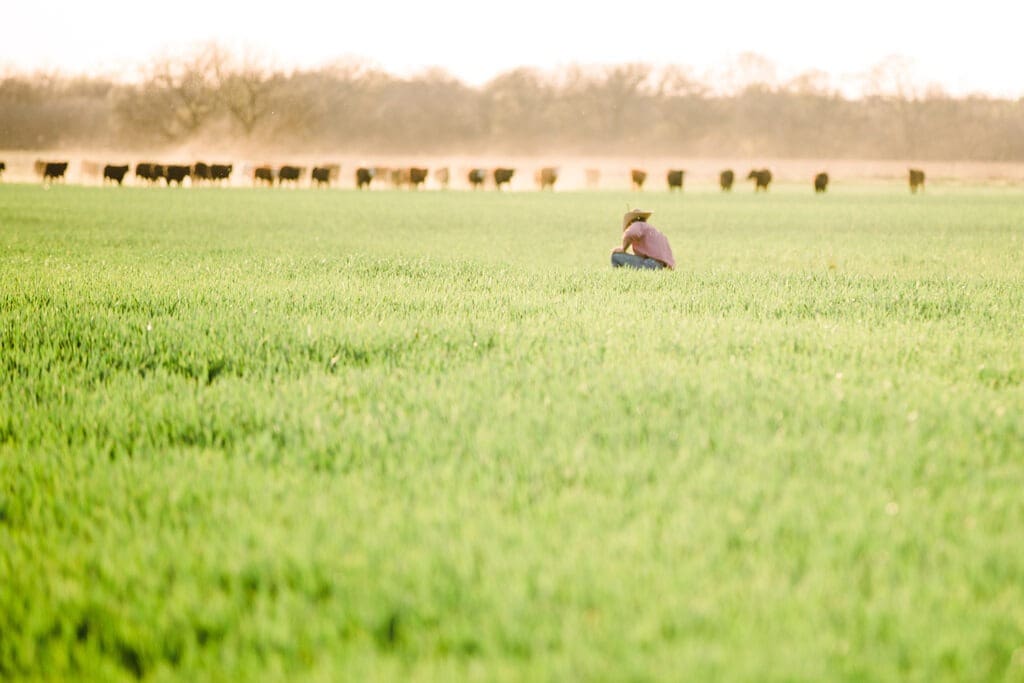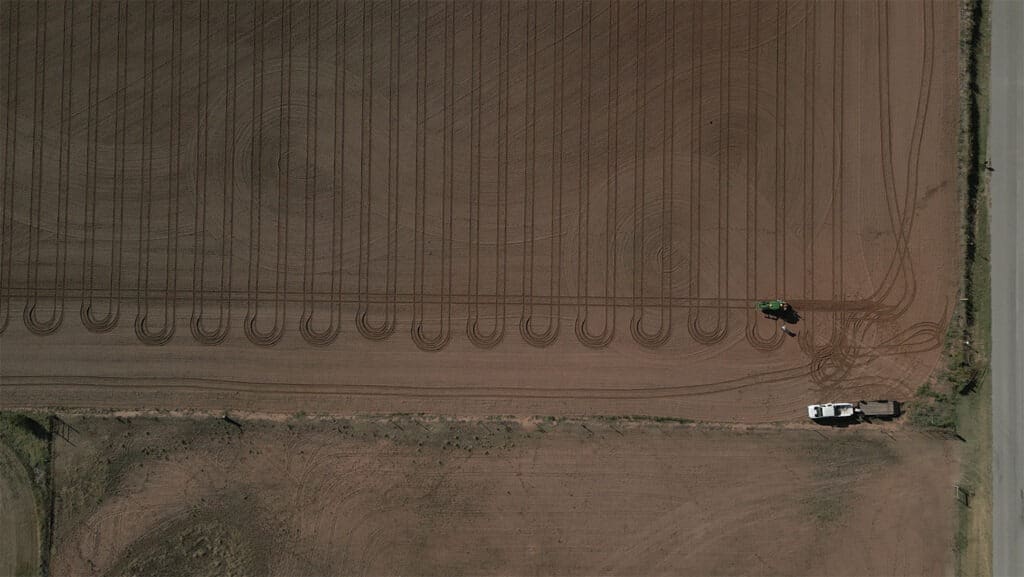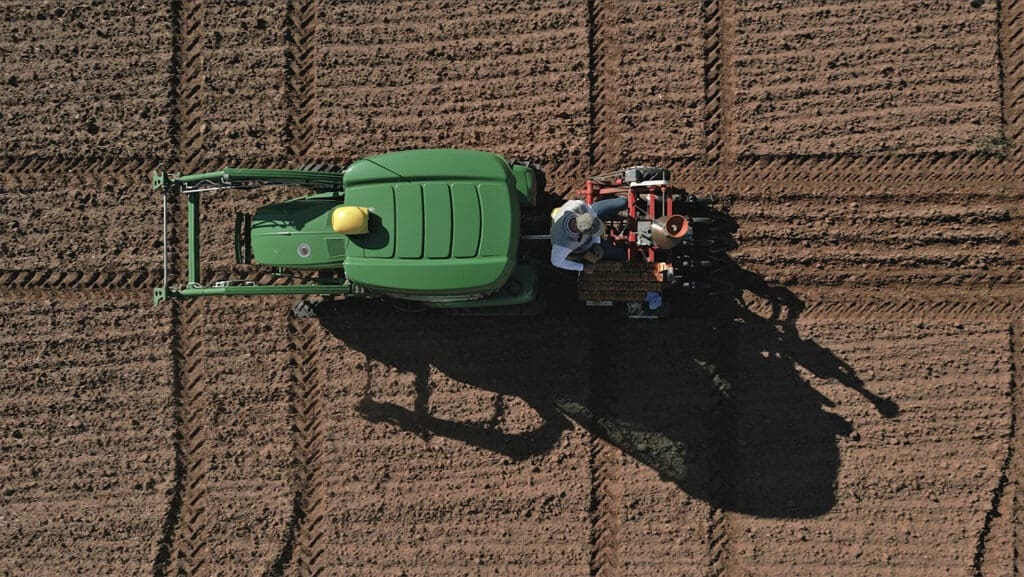
When you go into the grocery store to purchase a loaf of bread and some ground beef or a steak, it’s easy to take for granted that it’s just there. But, there’s a lot that go into that process. In Oklahoma you see the connection between the beef and wheat life cycles when you drive by pastures of green wheat with cattle grazing.

OKLAHOMA’S GRAZE ‘N GRAIN PROGRAM: A LESSON IN SUSTAINABILITY
There’s something unique about cattle grazing bright green winter wheat here in Oklahoma. The relationship between farming wheat and cattle brings sustainability for the environment and increased opportunity for Oklahoma’s farmers and ranchers. It’s really a double crop for beef farmers and ranchers that brings high-quality protein and whole grains to your table.
As a calf is weaned from the cow, it doesn’t necessarily go straight from the cow to the feedyard. There is a step in between that most folks don’t know about, but as you drive across Oklahoma, you have seen it. This is referred to as the stocker, or backgrounder, phase and in Oklahoma the forage for this phase is often hard red winter wheat.
We should note we are fortunate in Oklahoma to have a world class wheat breeding program at Oklahoma State University with on-going and unique research to develop optimum wheat varieties that produce great wheat pasture for stocker cattle while producing a high-quality wheat product.

So, how does this all work? Wheat is planted in early fall. Once it’s sprouted and is growing well, cattle are turned out to graze. If the farmer decides to harvest the grain, cattle can graze until early spring. Then the cattle are moved off the wheat to other forage, or a feedlot. This allows the wheat to grow grain to maturity and be harvested in the early summer. If market conditions are poor for wheat, another option for the farmer is to continue grazing the wheat pasture instead of harvesting it which can help mitigate significant economic loss.
LEARN MORE ABOUT THE GRAIN ‘N GRAZE PROGRAM
